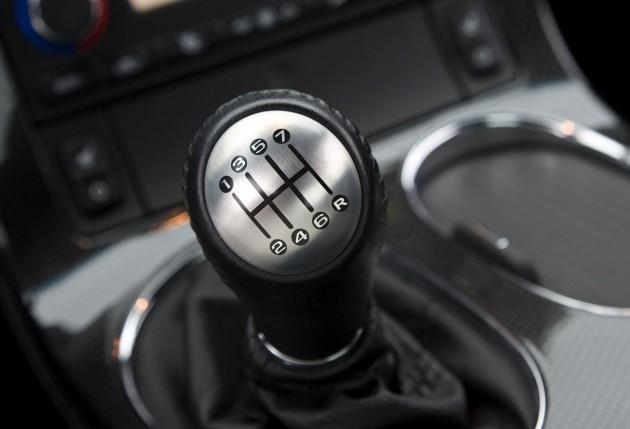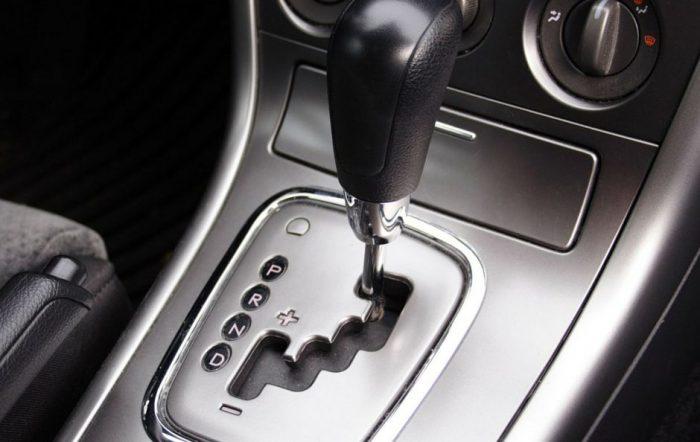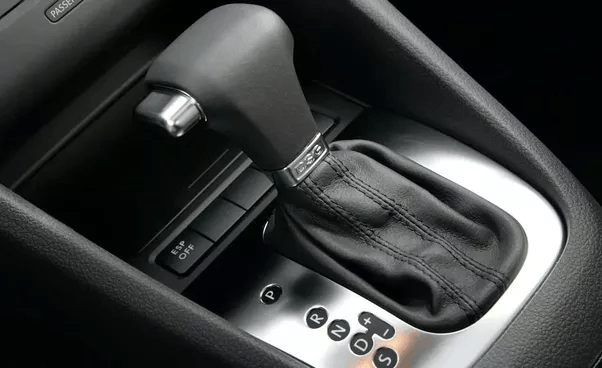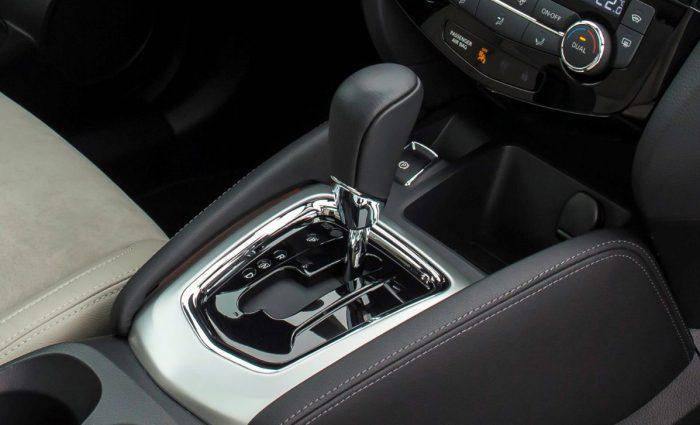Car Transmission Types and Their Functions
Once all the vehicles used to have manual transmission only, and it has remained fairly unchanged over the years. Then came automatic gearbox and won the heart of millions because of its simple, straightforward operation. However, new variations have emerged with technological advancement. Today, we mainly see four car transmission types in all kinds of vehicles.
Car Transmissions Types: What They are and How They Work
Figuring out all the acronyms of your car’s gearbox is a daunting task. However, the learning becomes easier when you have a clear idea about car transmission types and their functions.
Manual Transmission

In the past, all the cars used to have a manual gearbox. However, the rapid popularity of auto gearbox has made it an endangered species, especially in the United States.
In a manual car, you have to manually shift a gear selector mechanism to select or disengage a gear. There’s a clutch that connects the transmission to the engine. You can disengage or engage the clutch by pressing or releasing the pressure from the foot pedal. The modern version of this transmission has five or six gears.
Automatic Transmission

Your vehicle’s computer system will automatically do the gear shifting. The driver’s job is to shift the modes from P (Park) to D (Drive), or N (Neutral) depending on the driving conditions.
The selection of gear relies on a number of factors – engine speed, car speed, the selected mode in the gearbox, stability control, traction control, cruise control, and braking.
SEE MORE:
- The Functions of Manual Transmission Explained!
- What’s the Right Time for Changing the Auto Transmission Fluid?
Semi-Automatic Transmission

It’s a hybrid system between a manual and an automatic transmission. A simple shifter or paddles behind the steering wheel is instrumental in changing the gears, just like a manual gearbox. However, you don’t need to use a clutch pedal, similar to what you’d have done in an automatic car. Once you change the mode of the transmission, all the parameters – sensors, processors, actuators, and pneumatics – will be changed electronically.
The semi-automatic gearbox has mainly been used in heavy-duty commercial-grade vehicles. The recent models using this transmission provides almost instant and indiscernible gearshifts.
Continuously Variable Transmission (CVT)

Unlike other car transmission types, CVT does not use gears as the means of changing speeds. Instead, it uses a metal or rubber belt for this purpose. The belt runs over pulleys that help it to keep its optimum tension. Various actions of these pulleys help the belt to create the same effects as the gears.
This transmission can produce the most efficient speed in a vehicle. Regardless of the weight that the car is hauling, the pulleys can make the perfect adjustment to make the engine to run at the maximum speed.
Which Option is Better?
Among all the car transmission types, the manual and auto transmissions are the most popular. The semi-automatic and CVT systems are found only in specific vehicle models. If you consider availability and ease of use, the auto gearbox is the best option. Learning to operate a manual transmission is hard to master, but it provides the best service in all kinds of roads and conditions.














